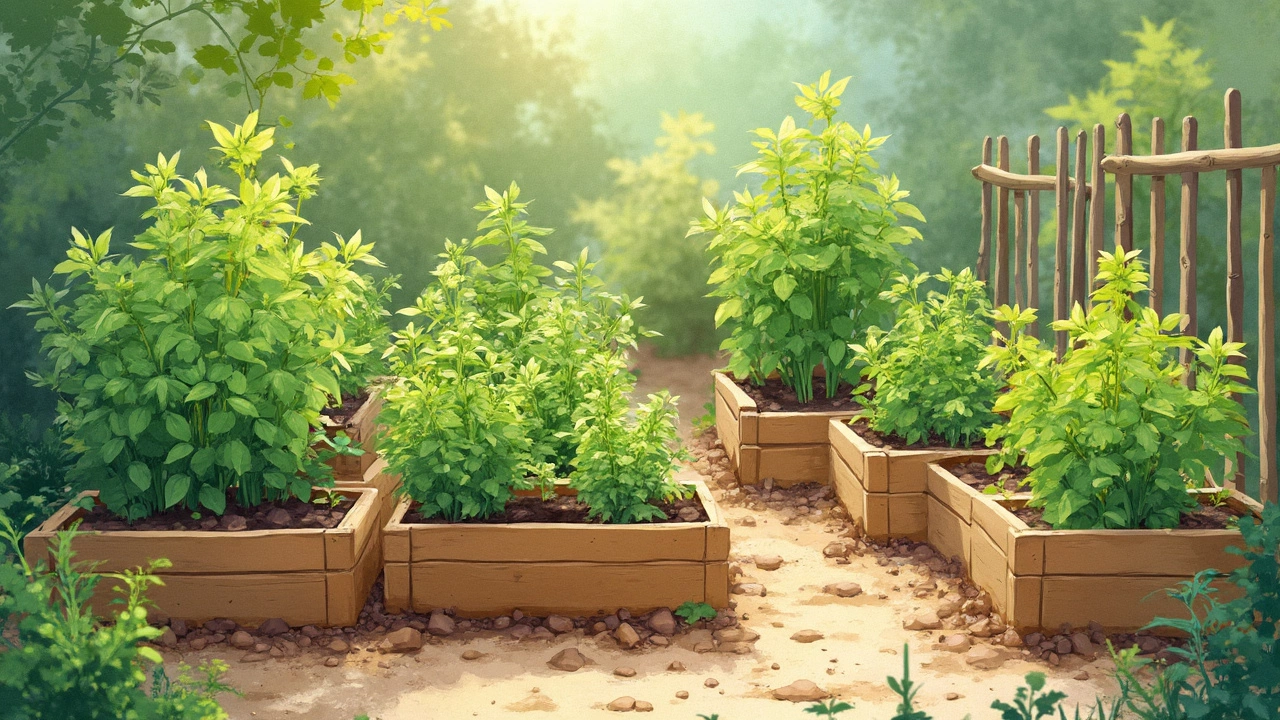Harmful Herb Combinations: What to Avoid and Why
When you hear the term harmful herb combinations, mixes of herbs that interact negatively and can cause toxicity or organ stress, you probably think of a rare case. In reality, everyday kitchen herbs and popular supplements can clash just as badly as prescription drugs. Nephrotoxic herbs, herbs known to damage kidney tissue when taken alone or together are a prime example; they show up in many traditional recipes without warning. The same principle applies to Ayurvedic food combinations, pairings advised against in Ayurveda because they disrupt digestion and create toxins. Add to that the broader issue of herbal supplement safety, the practice of checking interactions, dosage and quality before using plant‑based products, and you have a full picture of why vigilance matters. All these pieces tie back to kidney health, the organ most vulnerable to toxin buildup from bad herb mixes. Understanding the web of connections helps you avoid accidental harm and keep your body running smoothly. If you’re looking for a quick reminder, remember that harmful herb combinations are best avoided by checking each ingredient’s effect before you blend them.
Common Risky Pairings and What Happens
One frequent mistake is mixing licorice root with diuretic herbs such as dandelion or nettle. Licorice raises blood pressure, while diuretics pull fluid out of the body, creating a push‑pull effect that stresses the kidneys and can trigger electrolyte imbalance. Another notorious combo is Bhringraj paired with high‑dose turmeric. Both support liver function on their own, but together they can overload the liver’s detox pathways, leading to jaundice‑like symptoms in sensitive people. In Ayurvedic cooking, combining milk with citrus fruits like orange or lemon is discouraged because the acid curdles the milk, forming hard‑to‑digest particles that ferment in the gut, producing gas and weakening digestion. Even seemingly harmless herbs like peppermint and sage, when taken together in large doses, can amplify each other’s anticoagulant properties, raising bleeding risk for anyone on blood‑thinners. These examples illustrate a simple rule: when two herbs share a major action—whether it’s blood pressure, detoxification, digestion, or blood clotting—their combined effect often exceeds what the body can handle.
So, how do you keep yourself safe? Start by writing down every herb, spice, or supplement you plan to use and then search a reliable source—like a government health site or a peer‑reviewed herb database—for known interactions. Look for warning signs such as “avoid with diuretics,” “use with caution in kidney disease,” or “may increase bleeding risk.” If you’re unsure, talk to a qualified practitioner who understands both modern pharmacology and traditional medicine. Choose high‑quality products that list exact concentrations; vague labels make it impossible to gauge risk. Finally, listen to your body—unexplained stomach pain, sudden swelling, or changes in urine color are red flags that a herb mix might be doing more harm than good. Below you’ll find a curated set of articles that dive deeper into specific herbs, safe pairing rules, and practical tips for protecting your health while still enjoying the benefits of nature’s pharmacy.
